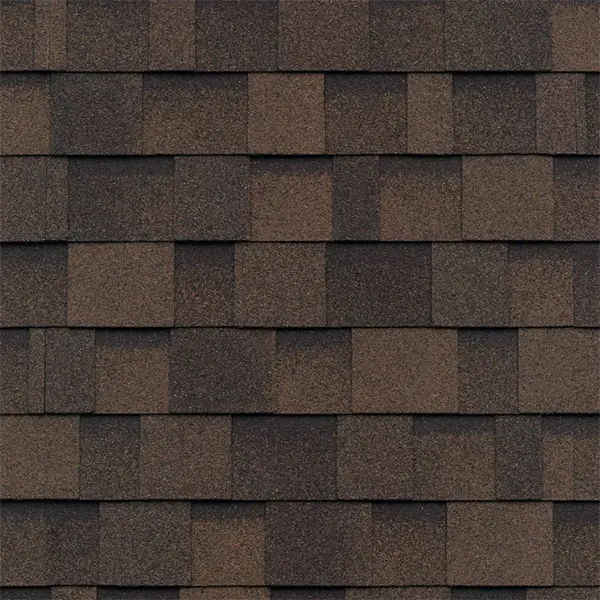What are soil studies or geotechnical studies? (Site Investigation)
rose roofing: Soil studies or geotechnical studies is a specialized branch of civil engineering that aims to determine the engineering properties of soil and rock and how they interact with future civil development.
The purpose of these studies, which are also called construction studies, is to determine the desired variables in order to:
1) Design:
the foundation
Infrastructure
Underground structures
2) Estimation of risks:
Geotechnical
environmental
Hydrogeological
Geological
It is for humans and the environment.
Higher safety and optimal performance can be achieved by conducting these studies in construction projects.
Soil testing can be done for different purposes:
Determining the location of the project
Pit stabilization
Foundation design
soil amendation
Effects of the project on the environment
Checking the safety and stability conditions of the existing structure
Reinforcement of the structure
The method of conducting soil studies (geotechnical studies)
Soil studies are done in 2 parts:
Field studies: detailed investigation of the construction site of the project and collection of required information and data, as well as drilling identification boreholes, performing on-site tests such as standard penetration test (SPT), mixed penetration test (CPT), vane cutting test ( Vane), pressiometer, plate loading and in situ cutting, permeability measurement (Lujan and Lofran).
Sieve: In the method of granulation with a sieve, the weight percentage of different soil grains is obtained by using a set of sieves and shaking them. This test is often used to separate particles larger than a 200 sieve and the percentage of sand in the desired soil is determined.
Hydrometry: hydrometric test is also used in fine-grained soil to evaluate the distribution of particles in the soil and to determine the percentage of silt and clay.
Atterberg limits test:
Fine-grained soils take different states by increasing the amount of absorbed water. The increase in water causes the seeds to be covered with a layer of absorbed water on the surface. By adding more water, the thickness of the water layer around the seeds is increased, making it easier for the seeds to slide over each other. Therefore, soil behavior practically depends on the amount of water inside the complex.
Fine-grained soil can be classified into one of solid, semi-solid, pasty and liquid states according to its moisture content. The distance between these states is shown in the following diagram:
Liquid limit (LL): (the boundary between the pasty state and the liquid state of the soil): is the percentage of moisture in which the soil acts as a viscous fluid at this moisture and higher moisture levels.
Pasty limit (PL): (boundary between pasty and semi-solid state): is the percentage of moisture at which the soil behaves pasty before the liquid limit.
Shrinkage limit (SL): (boundary between semi-solid and solid state): is the percentage of moisture below which there is no change in soil volume if the soil moisture content is reduced.
Paste index (PI): (difference between the fluid and pasty limits of the soil): the percentage of moisture that must be added to the soil to reach the fluid limit from the pasty limit.
Liquid index (LI): It is equal to the ratio of the difference between the percentage of soil moisture in the place with the paste limit, divided by the paste index.
Atterberg limits test equipment
Due to the presence of empty spaces inside the soil, it is possible for water to flow from points with high energy to points with low energy. Therefore, in general, the soil can be considered permeable. Therefore, it is necessary to estimate the amount of underground seepage in different hydraulic conditions, to investigate the issues related to water pumping in underground construction operations and to analyze the stability of earthen dams and soil retaining structures under seepage forces. High permeability indicates that water flows quickly through the pores of the soil. The permeability coefficient is performed in the laboratory in two ways:
Constant head test
Falling head test
Triaxial tests:
The soil sample is placed in a chamber and then all-round pressure is applied to it. In this case, if the water outlet valves are left open and the testing speed is low enough, the sample will consolidate and the pore pressure will reach zero. After this stage, the sample is broken by applying the deviatoric stress. If the water outlet valves are kept open at this stage and the test speed is low enough, the sample is drained.
This test is repeated under different lateral pressures, then Mohr’s circles and their cover are drawn, the slope of the rupture cover line, the angle of internal friction of the soil and the width from its origin gives the adhesion of the soil. This test is done in three ways:
1) Consolidated Drained (CD)
2) Undrained Consolidation (CU)
3) Unconsolidated Undrained (UU)
Direct Shear Test:
Consolidation Test:
Uniaxial test (Unconfined Compression Test):
Chemical tests
California Bearing Ratio (CBR):
This test was used in 1929 and before the Second World War, in the road construction department of the state of California, USA. With the help of this test, the shear strength of the soil at a specific humidity and specific gravity is determined.
This variable in:
Foundation to express the relative quality of the soil under the foundation
In road construction to obtain soil shear resistance against traffic loads
It is very important.
According to the definition: CBR test is the load required to penetrate a standard piston with a certain shape, speed and depth in a tested sample with the force required to sink a piston with the same characteristics into standard materials.
The more resistant the soil surface is, the higher the CBR rate will be. The standard material for this test is crushed California limestone, which has a CBR value of 100, which indicates that observing values greater than















No comment